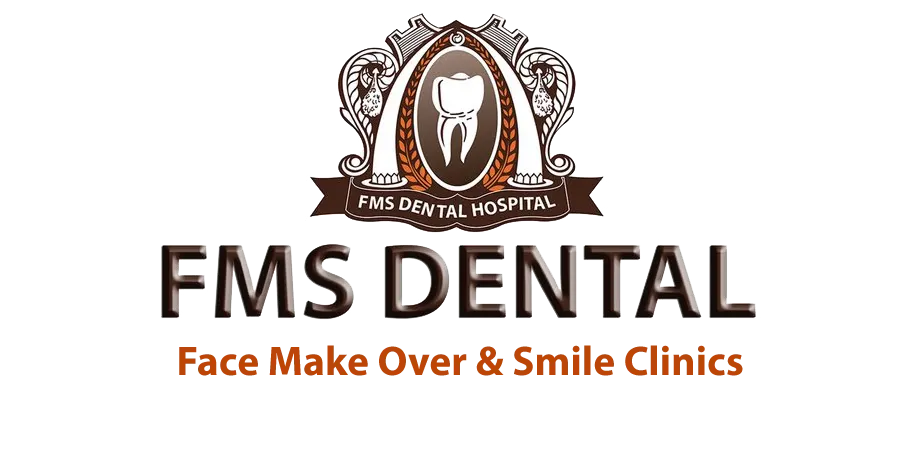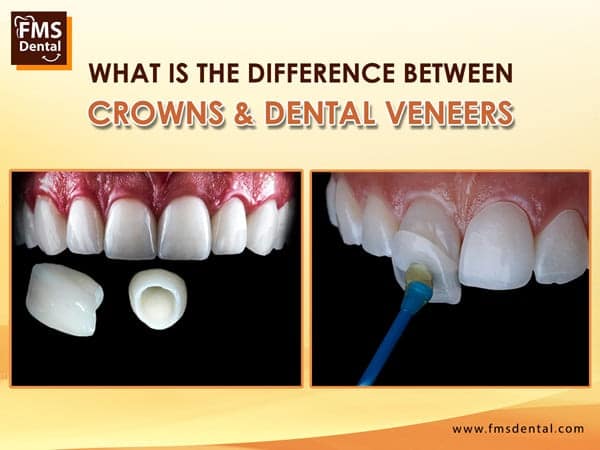The BioEMG is a surface electromyography unit that can help evaluate mandibular and masticatory muscle groups at rest or in function. The unique design uses 8 channels and exclusive programmable software with an extremely high noise reduction ratio.
BioEMG objectively measures the actions and reactions of the muscles of the head and neck to provide the clinician with the ability to test treatments and bite positions before finalising the treatment position. Muscle activity is categorised based on the quality and quantity of their behaviour to show which are resting properly or hyperactive.
BioEMG allows you to evaluate the effectiveness of your patient’s craniofacial musculature. Achieving optimal muscle function gives you the confidence that treatment will fit the patient’s physiology.
BioEMG, or “electromyography” allows the clinician to evaluate the efficiency of the patient musculature in rest, chewing, and clenching. Using EMG allows for identifying improper muscle function over a period of time. Proper muscle function ensures the long term stability of the dental work.








